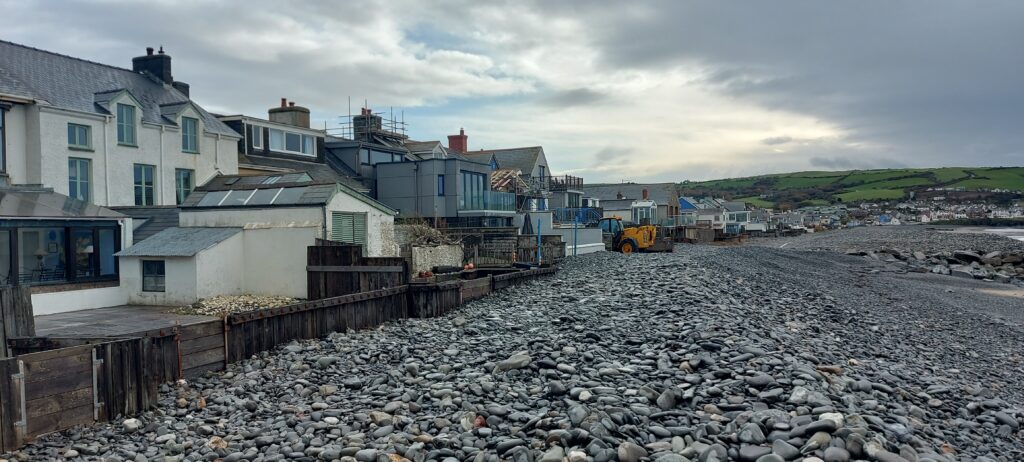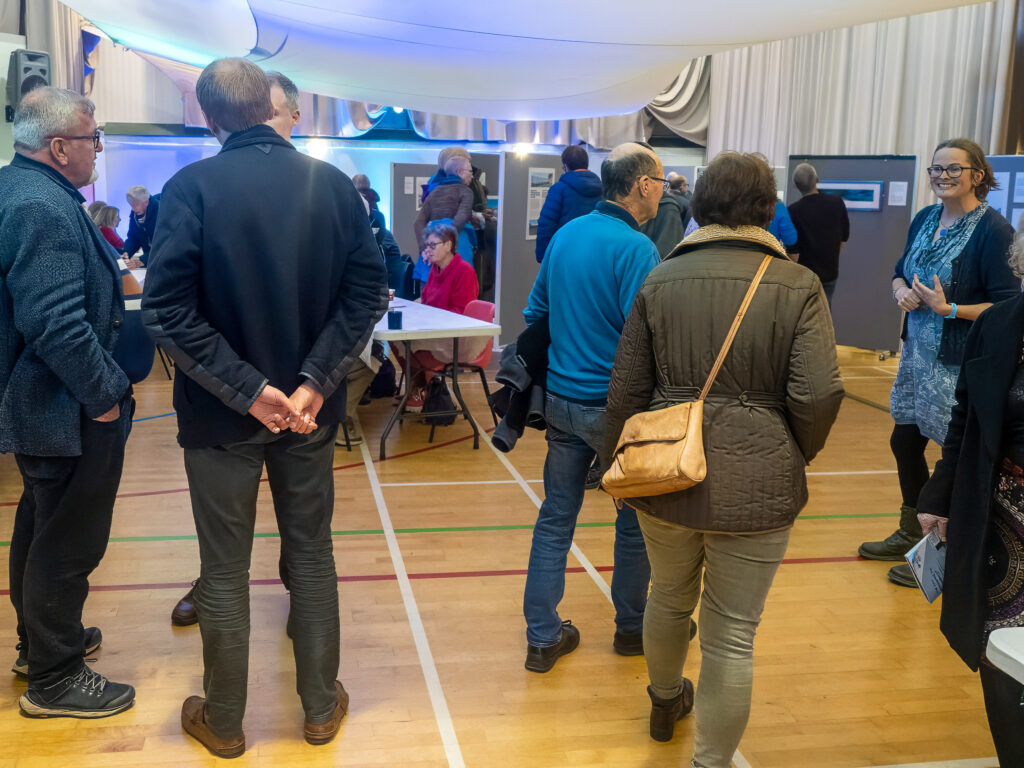
People living in coastal communities have knowledge about their coastline and the natural world. They understand the risks involved in living close to the sea, including those associated with climate change and sea level rise. But they struggle to have their voices heard in local and national planning processes. They are sometimes represented by media, researchers and decisionmakers in ways that do not reflect their local priorities and interests.
To address this gap, a research project was conducted to find out how community-based exhibitions can explain the relationship between the people of Borth, a coastal village located in the county of Ceredigion, West Wales and the sea.
The community exhibitions allowed the local to share their lived experiences, that despite the challenges the seas brought, they can still draw inspiration through art work including traditional maritime rope work, paintings, sculpturing. Through these pieces of artwork, they demonstrate how deeply they are connected to Borth and reinforcing a sense of belonging. For example, the stones on the beach can be hazardous to people who stay on the beachfront, but local residents have found inspiration in them by shaping them into heart stones which represent some positivity.
The study findings reveal that the images and objects in the exhibition show that life ‘on the edge’ means not only responding to the hazards presented by tides, waves and winds, but also finding joy and inspiration in the natural world, whatever the risks that it brings.
The research project titled ‘Exploring the histories of people’s relationships with the sea in Borth’ was led by Alex Arnall, the associate Professor of environment and development in the department of International Development. It was funded by an Arts and Humanities Research Council (AHRC) Impact Accelerator Grant administered by the University of Reading.
For more visit:
Life on the edge: Celebrating Borth and the Sea – Celebrating Borth and the sea


